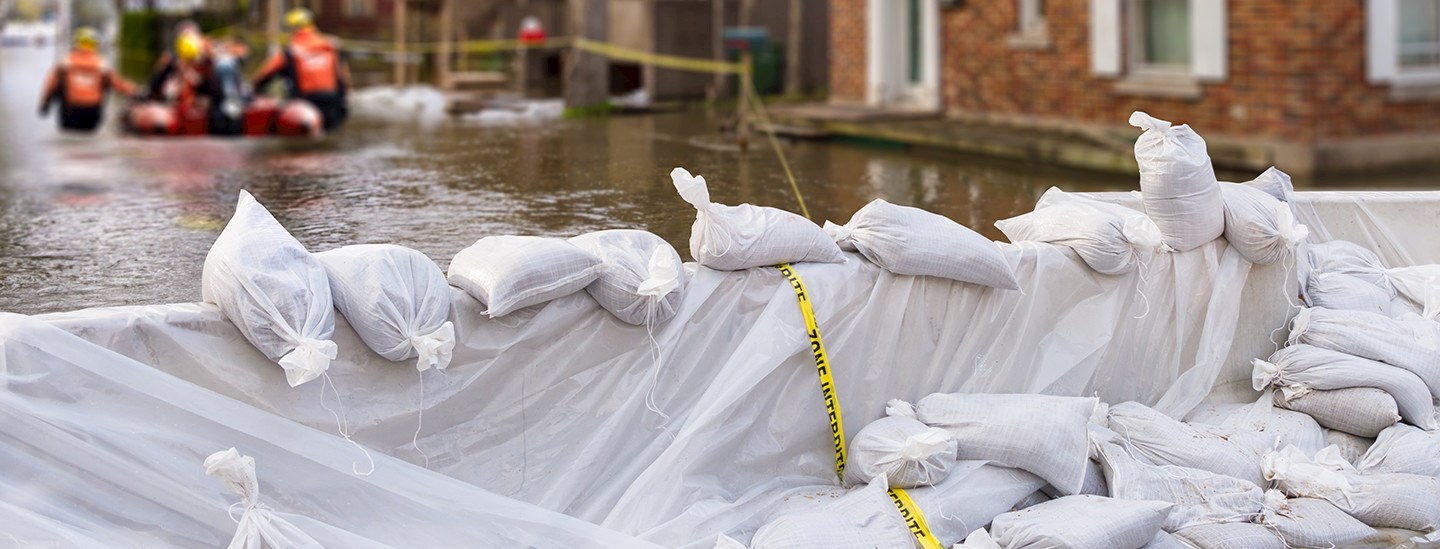When inspecting your home, make sure to avoid all areas with flooded electrical circuits and submerged power lines or electrical appliances until the power has been cut. Also, watch for flammable materials in the water such as gas. Try to limit use of cellphones, laptops and hand-held radios to preserve battery life in the event of power failure.
You will also need to contact the following groups after a flood:
- Emergency services, such as the fire department and gas and electric companies, as necessary based on the review of the property.
- Vendors, such as cleaning services, biohazard companies, electricians or plumbers, to help reduce further damage to the property that might result from standing water and prevent mosquitoes from developing.
Filing a Home Flood Insurance Claim
You may have suffered damage as a result of the flood. The best way to notify your claim handler of a home flood insurance claim is to immediately and directly report it. It is important that your claim handler receive this information as quickly as possible so they can begin the claim resolution process. If you need assistance reporting your home flood insurance claim, please contact your Gallagher representative.
Claims Contacts for Home & Property
Starting a Home Flood Insurance Claim
In order for a home flood insurance claim to be initiated and an investigation to being, the adjuster must have as much detail as possible. The following is recommended:
- Photographs and/or video of the damage are extremely helpful.
- Include a preliminary list of damages.
- Secure your location(s) to prevent further loss and begin to sort damaged items from undamaged items.
Claims Process for Home Flood Insurance: What to Expect
Throughout the home flood insurance claim investigation process, you may have various coverage-related questions. Please reach out to your Gallagher representative with specific policy and claim questions. During this high-volume claim reporting period, you should anticipate the following:
- The adjuster assignment and initial contact may take some time. Some insurers may use adjusters under contact rather than staff adjusters, so the adjuster’s contact information may appear different than expected.
- Access to the affected areas may be limited for quite a great length of time after the floodwaters recede.
- Competition for labor and materials will be high, which could impact the timeframe and costs associated with repair and remediation.
- Working with your adjuster closely. If you have questions regarding the resolution process, your Gallagher representative is here to assist and ensure you are in control of the claim progress.
Your insurance company website will contain important information about how to handle claims and manage losses. We have listed many insurance companies in the event you do not have the contact information readily available.

